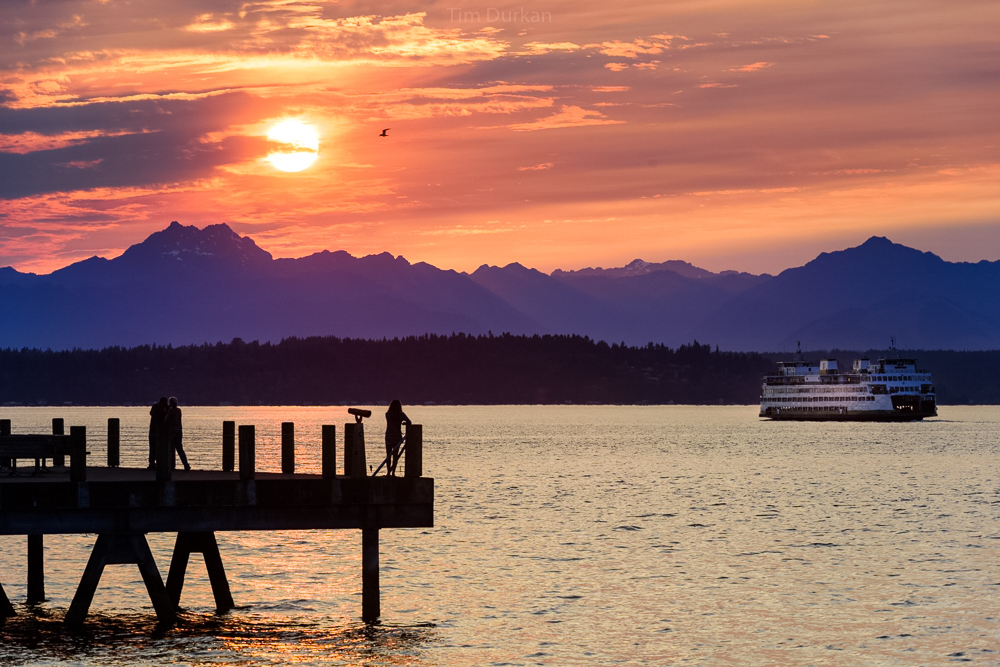
Approximately 250,000 people commute to and through downtown each day. With the new SR 99 tunnel now open, we’ve been analyzing the data from the closure to understand what went well, how we could have done better, and how we can keep the good changes going during the next chapter of the #SeattleSqueeze. Our entire region came together to take on this challenge and be part of the solution. Here are the results in a nutshell: people drove less, took transit, and biked more. Read on!
. D R I V I N G .
People drove less downtown.
One of our goals during the SR 99 closure was to prevent gridlock by having fewer cars downtown. We can’t say it enough, Seattle, we couldn’t have done it without the collective whole working together.
We were able to produce comparable data by counting vehicles that came into downtown Seattle from location points north (at Mercer St) and south (at Holgate St) into the center city and compared the numbers to a baseline period back in September 2018. For every single day that SR 99 was closed, fewer vehicles drove into downtown. See that blue line in the data graphic to the right? That’s the baseline volumes in 2018. The green was the daily volumes during the three-week SR 99 closure. You’re the best, Seattle.
. T R A N S I T .
People took transit and shifted their commutes.
King County Metro tracked daily ridership along major corridors and on the water taxi. Bus and water taxi ridership varied during the closure, but ridership increased during two of the three weeks compared to January 2018. During each week of the closure, the percent of riders during the midday was higher as compared to the same month last year. That means there was a shift from commute times out of the peak/rush hours towards the midday.
Sound Transit’s Link light rail ridership during the three-week viaduct closure was up 14 percent from last year, to more than 79,000 daily boardings.
. T E L E C O M M U T I N G .
People changed their work schedules.
Based on a survey of some of the largest downtown employers, people used telecommuting as a great way to reduce commute trips downtown. We launched an Alternative Work Arrangement Pilot for Chapter 1 of the Seattle Squeeze. The City previously had 12.5 percent of employees that had alternative work arrangements, which included telework or flexible work hours. Now, 30 percent of Citywide employees are participating in alternative work arrangements, with 38 percent in the downtown core.
. B I K I N G .
People biked more.
The number of people biking to and through downtown increased during the SR 99 closure. We installed bike counters at the Spokane St. Bridge, the Fremont Bridge, the Elliot Bay Trail, and 2nd Ave downtown. We saw 40,000 more trips in January 2019 compared to the same time in 2018.
We also expanded our free-floating bike share program and made it permanent. Our data shows that change paid off; we also saw a significant increase in people who used free-floating bike share. Peek the bike share data!
. I N F O | C O N T A C T .
Don’t miss a thing.
Keep up with all things #SeattleSqueeze by visiting our website.
###









